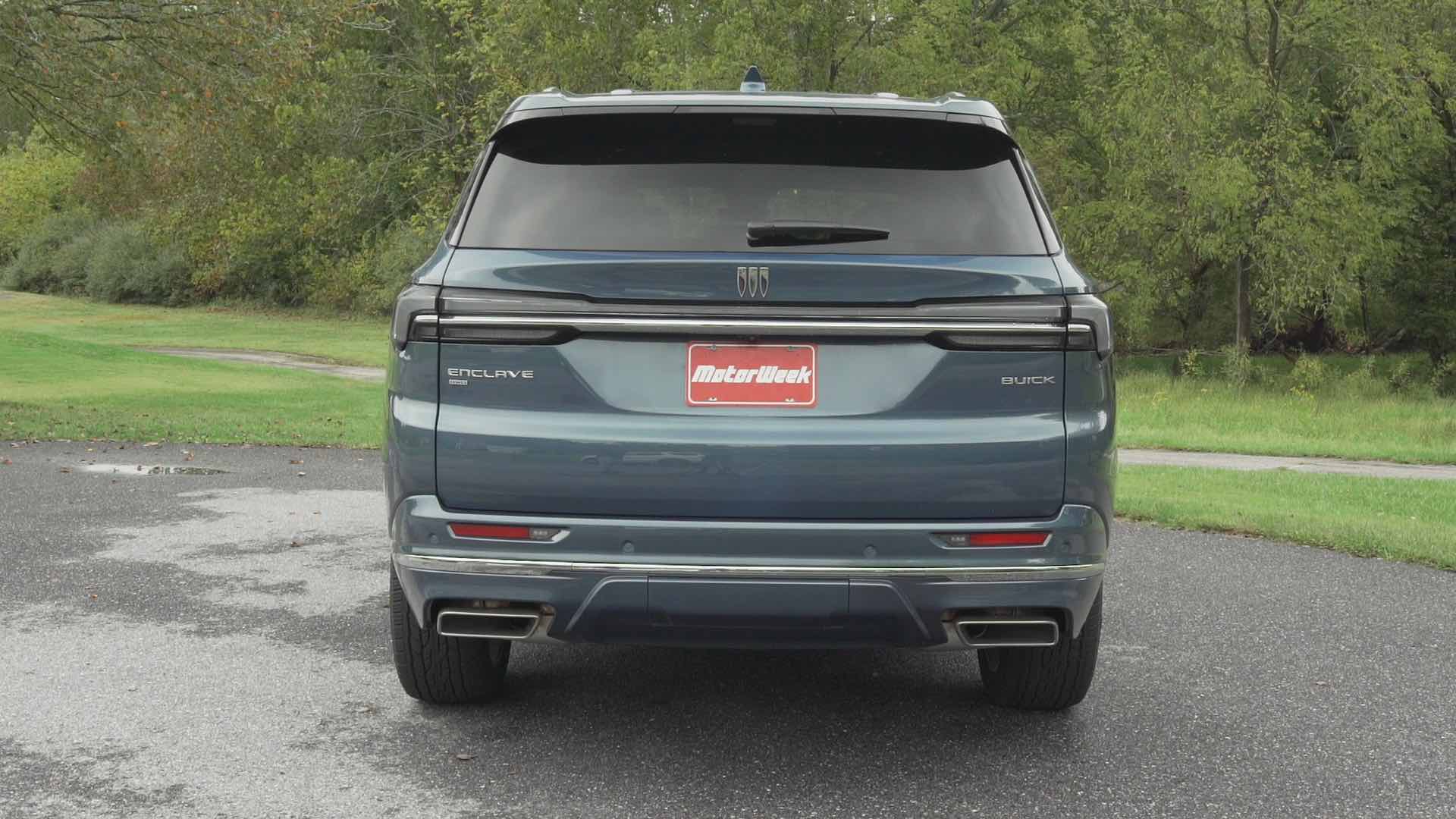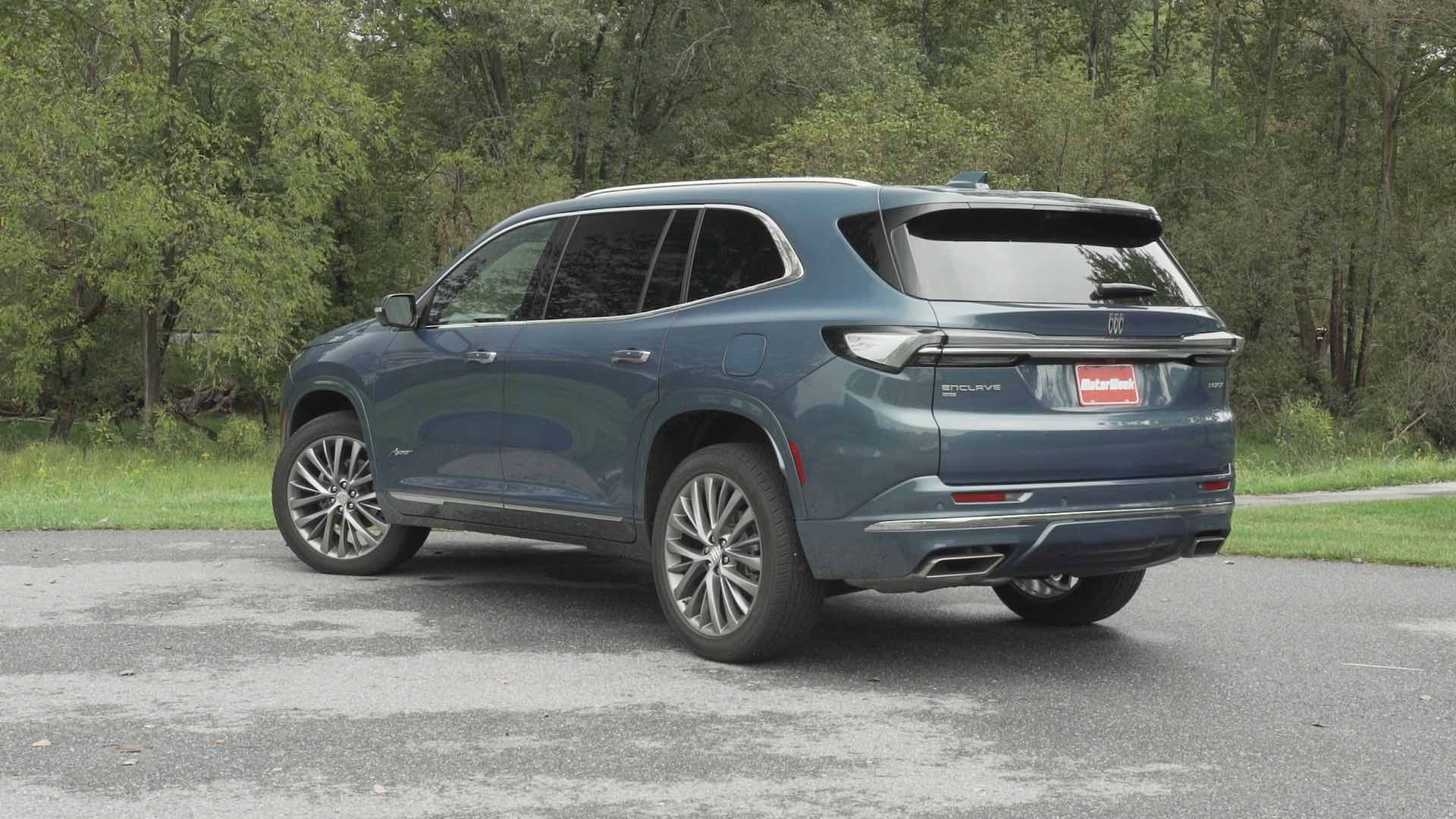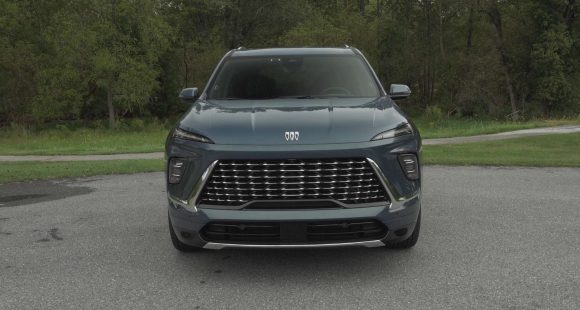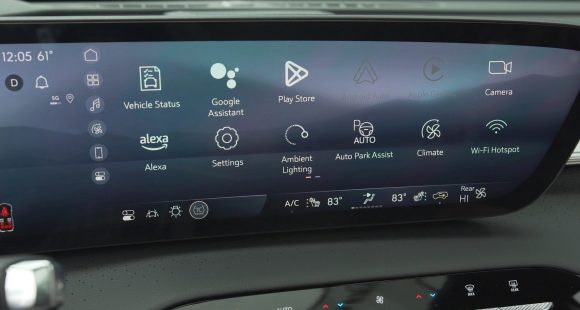2018 Volvo XC60
After reenergizing the brand with the 2016 XC90 crossover, and following up with an all-new S90 luxury sedan and V90 wagon, Volvo turned their sights to the midsize arena with an all-new XC60 utility. Most of what you see here looks familiar. So, let’s see if that XC90’s brilliance survives a bit of downsizing.
Volvo didn’t think too far outside of the box for their midsize 2018 XC60 crossover. Rather, they just took the wonderful package that is the XC90 and downsized it. Well, like most things, it’s not quite that simple.
It does ride on the same platform, which means you also have the same powertrains; starting with a 2.0-liter turbo I4, which at 250-horsepower is more than enough for most, add a supercharger and it bumps up to 316-horsepower. Finally, tack on some electric assist, and output for our T8, jumps to 400-horsepower and 472 lb-ft. of torque.
No matter which version you choose, all-wheel-drive is standard, and all have an 8-speed automatic transmission.
 Nothing drastically different underneath, just a revised version of the double wishbone front and transverse leaf spring rear suspension. So, street handling is sound; making the XC60 reasonably entertaining as a daily driver.
Nothing drastically different underneath, just a revised version of the double wishbone front and transverse leaf spring rear suspension. So, street handling is sound; making the XC60 reasonably entertaining as a daily driver.
Power is plentiful at all times and smoothly delivered; whether merging on the highway, coming out of curves, or leaving a stop light. Our only driveline quibble is some clunky downshifts at low speed, and a very unrefined feel to this plug-in hybrid’s regenerative braking.
Inside, you’ll find the high-end expert-level handcraftsmanship of the 90, but with a modified layout and approach. The overall feel is still high on luxury; and perhaps more impressive, many interior measurements are barely different than the XC90.
In fact, rear seat room actually feels more plentiful, since the 5-passenger XC60 doesn’t need to create access for a 3rd row like the XC90.
Much less cargo space than the 90 of course, but still plentiful for a midsize; at 29.7 cubic-ft. worth of gear in the back; expanding to 63.3 with rear seatbacks folded.
A “love it or hate it” central control tablet dominates the center stack. Mounted in the dash, glare was not a big problem. It’s very easy to do basic things too, but more involved demands require a few menus to go through and taking your eyes off the road more than we’d like.
 Seats are very comfortable in a way that only Volvo seems to have mastered, and near perfect seat height makes getting in almost like sliding into your favorite recliner.
Seats are very comfortable in a way that only Volvo seems to have mastered, and near perfect seat height makes getting in almost like sliding into your favorite recliner.
Now, your recliner probably can’t get you to 60 in less than six seconds, however; and this XC60 T8 has no problem doing that.
It’s not so much a launch off the line, as it is an explosion of energy. We’re still not sure how this little 4-banger manages to hold together with a turbo and a supercharger feeding in boost, but it’s quickly becoming a favorite of ours. The added electric assist is just positively charged ionic icing on this 3-layer cake.
We hit 60 in 5.4-seconds. The automatic transmission shifts quickly and aggressively, and this power unit even sounds pretty good. 13.9 was our ¼-mile time at 99 miles-per-hour.
 With less wheelbase, we were surprised it didn’t feel quite as agile, or for that matter refined, as the XC90 through our cone course. But, there was decent feedback and only mild understeer.
With less wheelbase, we were surprised it didn’t feel quite as agile, or for that matter refined, as the XC90 through our cone course. But, there was decent feedback and only mild understeer.
Where the XC60 mirrors its larger sibling the most is exterior design. It’s not quite an exact copy, but pretty darn close. And that’s just fine by us, why re-engineer a good thing. The front end is a little more rounded, and greenhouse chopped a little.
The government gives the T8 a Combined MPGe Rating of 59, with an overall Combined rating of 26; which we couldn’t quite match with our average of 24.2 miles-per-gallon of Premium. For a very good Energy Impact Score with yearly consumption of just 7.3-barrels of oil, with CO2 emissions of 3.3-tons.
And lest we forget, this plug-in also has an EV-only range of 18-miles.
It may not be quite the value that the XC90 was when it first came out, but the base XC60 is still very reasonable, priced at $43,895.
So, the 2018 Volvo XC60 may be just a scaled down XC90. But that also means it is yet another fantastic product from the new Volvo. One that should have no problem standing out in a crowded field of great luxury utilities.
Specifications
- Engine: 2.0 liter
- Horsepower: 400
- Torque: 472 lb-ft.
- 0-60 mph: 5.4 seconds
- 1/4 mile: 13.9 seconds @ 99 mph
- EPA: 59 MPGe
- Energy Impact: 7.3 barrels of oil/yr
- CO2 Emisiions: 3.3 tons/yr
2025 Buick Enclave
Buick’s Biggest Utility Gets More Premium Look, Less Premium Powertrain
Buick is now an all SUV brand with the three-row Enclave sitting at the top of their lineup. And for this all-new third generation, it looks like Buick has finally given it the true flagship treatment it deserves. Reason enough for us to see what else new this posh performer has in store.
Don’t think of this 2025 Buick Enclave as just a new third generation of Buick’s largest three-row SUV, but more of a total reboot for a luxury segment pioneer. Part of that reinvention is swapping out the 3.6-liter naturally aspirated V6 engine, that has been the heart of this large crossover since it arrived on the scene for 2008, for a new 2.5-liter turbocharged four-cylinder.
Though using two fewer cylinders, it rates 18 more horsepower at 328. The gain in torque is even greater, climbing from 266 to 326 lb-ft.
Power from a start and when tooling around town feels pretty good, but you do notice that engine working hard under the hood; there is more engine noise and it’s not as smooth as many competitors who have also made the switch to turbo-four power. Max towing rating remains at 5,000 lbs. The new standard automatic transmission loses a gear, dropping from nine to eight, a simplifying move we applaud. All-wheel drive is a $2,000 option with all trims.
The Enclave rides on the same front-wheel-drive based chassis that supports the Chevrolet Traverse and GMC Acadia. It remains the most luxurious of the three, though all have made big upward strides. And that luxurious feel is very evident inside where things appear special without flaunting it. Materials are vastly improved over the last gen, especially in top Avenir trim which is the choice for most Enclave buyers.
Front seats are very comfy, well suited for long days of highway travel. It’s hard to miss the 30-inch ultra-wide display, similar to Cadillac’s. It is big, but not intimidating as operation is very logical and you can easily configure things as you want them, including bringing the nav screen up full in front of the driver.
Front seats are very comfy, well suited for long days of highway travel.
Between the seats is a very substantial console with lots of storage space and standard wireless phone charging. There is definitely room for full-size adults in all three rows of seating. Big, plush captain’s chairs with all trims for the second row; and a less plush but still comfortable three-place third row.
GM’s Super Cruise has now made it to Buick’s lineup, available as a standalone package for any trim. It remains a favorite of ours for hands-off highway cruising. Despite feeling adequately powered on the street, the Enclave’s turbo-four felt a little out of its element at our Mason Dixon Dragway test track. There was very little jump off the line, just a slow wind up to 60 of 8.0 seconds, with the quarter-mile completed in 16.0 seconds flat at 92 mph.
We could really feel the Enclave’s weight in our handling course, about 150-lbs. over last year, even with less motor under the hood. But there was very little body roll, and no excessive oversteer or understeer. In panic braking runs, there was good feel through the pedal, and solid stops from 60 averaging a fine 111 feet.
To all of our eyes, the Enclave is bigger yet much better looking than before. Now more sophisticated using Buick’s PURE philosophy which emphasizes Purity in design, Unexpected details, Refined finishes, and Exceptional execution.
With all-wheel drive, Government Fuel Economy Ratings are 19 City, 24 Highway, and 21 Combined; we managed a great 24.9 mpg of Regular. That’s a slightly below average Energy Impact Score, consuming 14.2 barrels of oil yearly, with 7.0 tons of CO2 emissions.
No more Essence or Premium Enclaves, as the new gen brings new trim names along with it; the base option now being Preferred which starts at $46,395, and unless you choose white, you’ll be paying extra for all exterior colors. Just a short step from there to the Sport Touring for $48,795, and then a much bigger bounce up to Avenir at $59,395.
With so many big utes now aimed at luxury and near luxury buyers, it’s getting harder and harder for Buick to stand out. Being an all-utility brand, with one of the freshest lineups in the industry, will no doubt help. The 2025 Buick Enclave is a very stylish, well-equipped, well executed large three-row crossover that’s priced right.
Specifications
As Tested
- Engine: 2.5-liter turbo-4
- Transmission: 8-speed automatic
- Horsepower: 328
- Torque: 326 lb-ft.
- EPA: 19 City | 24 Highway | 21 Combined
- 0-60 mph: 8.0 seconds
- 1/4 Mile: 16.0 seconds at 92 mph
- Braking, 60-0 (avg.): 111 feet
- MW Fuel Economy: 24.9 mpg (Regular)



































